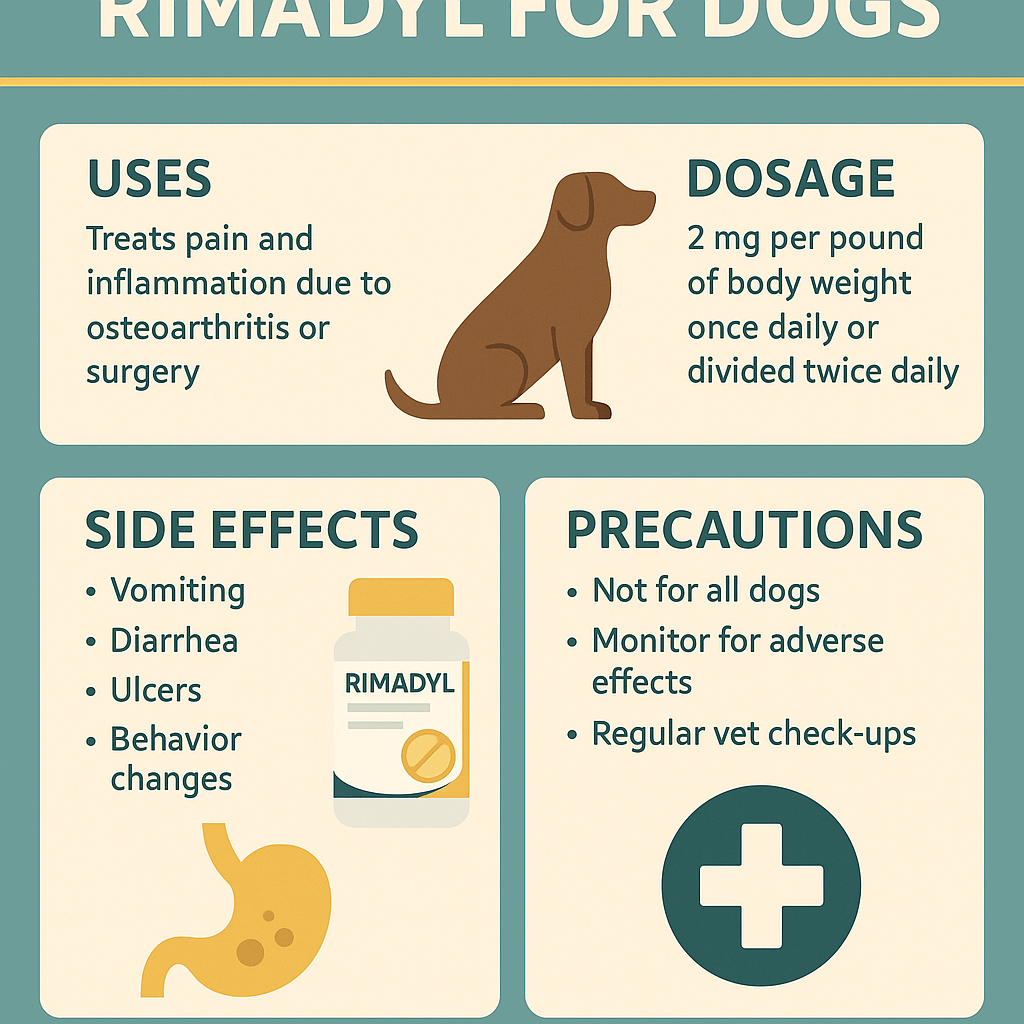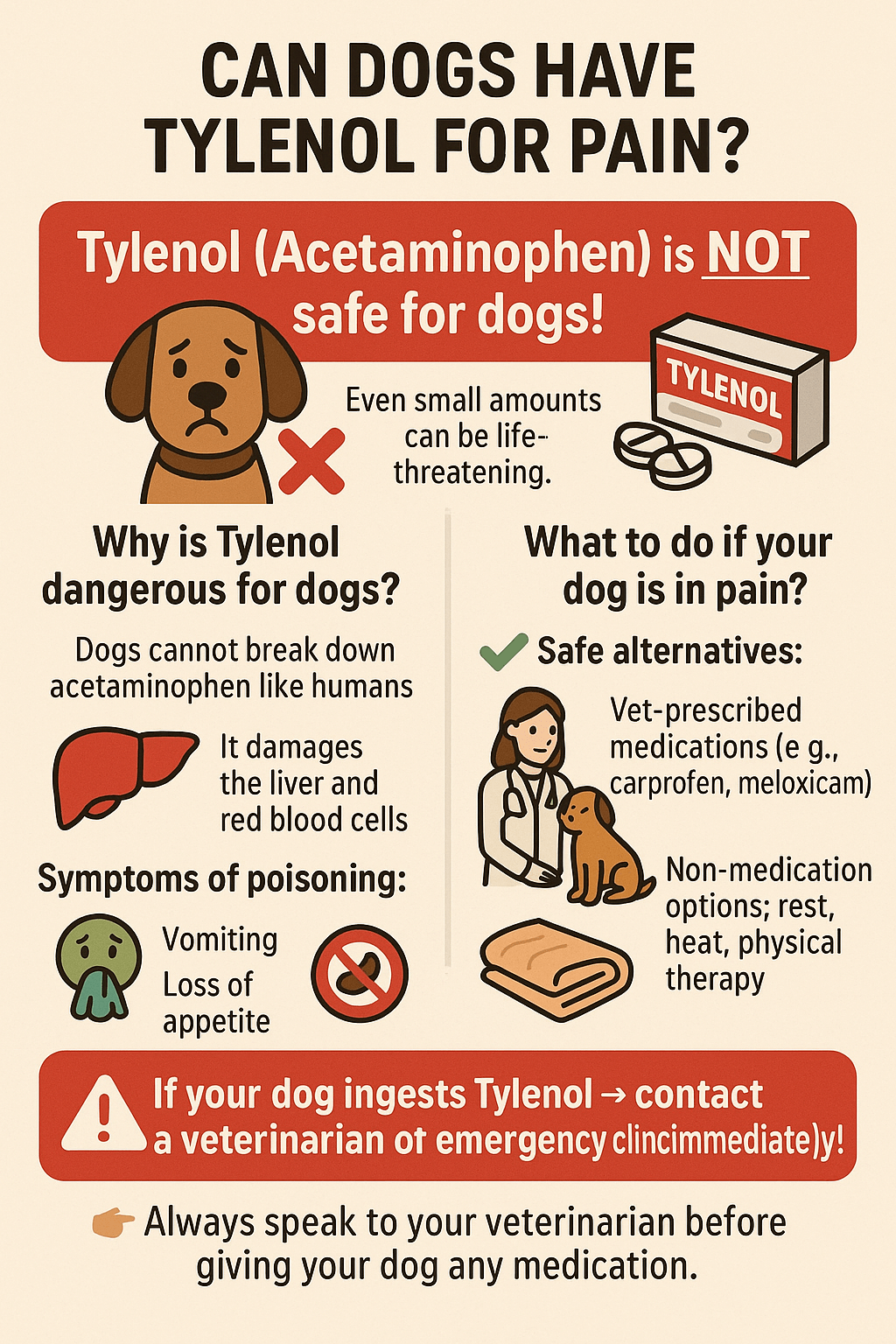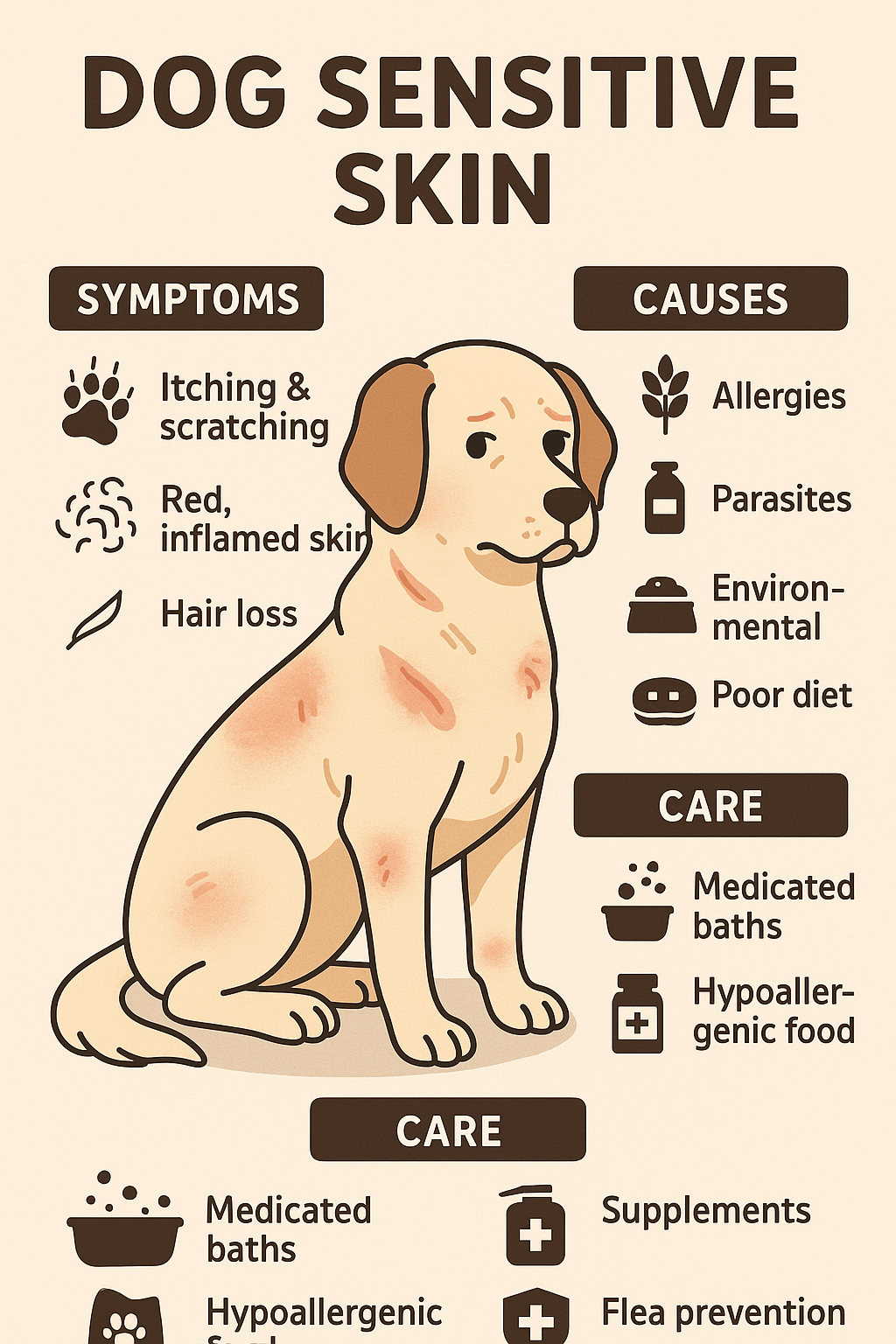Why Does My Dog Sit With His Back to Me? Decoding the Mystery
Dogs are known for their expressive behavior and unique ways of communicating with us. From wagging tails to soulful stares, they have a language all their own. But what does it mean when your dog sits with his back to you? Is it a sign of affection, disinterest, or something else entirely? Understanding this seemingly simple behavior can offer fascinating insights into your dog’s emotions and thought processes. In this blog post, we’ll explore the possible reasons behind this behavior and help you strengthen your bond with your furry friend.
Understanding Canine Body Language: What Your Dog is Trying to Tell You
Dogs communicate primarily through body language, and even small gestures like sitting with their back to you can carry meaning. Here are some common interpretations of this behavior:
Comfort and Trust :
Your dog may feel completely at ease in your presence, showing that he trusts you enough to turn his back without fear.Seeking Space :
Sometimes, dogs sit with their back to their owners to signal that they need a moment to themselves.Observing Surroundings :
Your dog might be keeping an eye on his environment, positioning himself strategically to monitor potential threats or interesting sights.Temperature Regulation :
On hot days, your dog might turn his back to you to cool off faster, as his belly is more exposed to airflow.Habitual Behavior :
Certain breeds or individual dogs may develop unique habits, including sitting with their back to their owner, simply because it feels natural to them.
While these explanations vary, they all highlight the importance of observing your dog’s overall demeanor to better interpret his actions. Every dog is different, so context matters!
Possible Reasons Behind This Behavior: A Closer Look
To further understand why your dog might sit with his back to you, let’s dive deeper into specific scenarios that could explain this action. Keep in mind that each situation requires careful observation of your pet’s surroundings and mood.
Bonding Through Independence :
Some dogs display independence by turning away while still staying close, reinforcing their connection to you without constant physical interaction.Responding to Stress :
If your dog seems anxious or uneasy, sitting with his back to you could be a coping mechanism to process stress or overstimulation.Guarding Instincts :
Certain breeds are naturally protective and may position themselves to face outward, ensuring they can guard both you and their territory effectively.Physical Discomfort :
Pain or discomfort, such as sore joints or digestive issues, might cause your dog to adopt unusual sitting positions, including turning his back to you.Training or Reinforcement History :
Past experiences during training sessions or daily routines might influence how your dog chooses to position himself around you.
By considering these possibilities, you can gain clarity about your dog’s intentions and address any underlying concerns if necessary.
Check this guide 👉Why Does My Dog Put My Hand in His Mouth? Best 7 Tips!
Check this guide 👉Why Does My Dog Lay Against Me? Best 7 Behavior Tips!
Check this guide 👉Why Is My Dog Twitching? Best 7 Health Tips!

Reasons Why Dogs Sit With Their Backs to You | What You Can Do About It |
|---|---|
Comfort and trust | Reassure your dog with gentle praise or treats |
Need for personal space | Respect their boundaries and give them time alone |
Environmental curiosity | Engage them with toys or walks to explore safely |
Temperature regulation | Provide shade or cooling mats during warm weather |
Habitual behavior | Observe patterns and adapt to their preferences |
How to Strengthen Your Bond Despite This Behavior
Even if your dog occasionally sits with his back to you, there are plenty of ways to nurture your relationship and ensure mutual understanding. Consider the following tips:
Spend Quality Time Together :
Engage in activities your dog enjoys, such as playing fetch or going for long walks, to reinforce your bond.Practice Positive Reinforcement :
Reward desired behaviors with treats or verbal praise to encourage positive interactions.Learn Their Preferences :
Pay attention to your dog’s likes and dislikes, tailoring your approach to suit their personality.Respect Their Space :
Give your dog room to decompress when needed, fostering a sense of safety and trust.Consult a Professional :
If unsure about your dog’s behavior, seek advice from a veterinarian or certified animal behaviorist.
By implementing these strategies, you can deepen your connection with your dog while respecting their individuality.
Common Misconceptions About This Behavior
There are several myths surrounding why dogs sit with their backs to their owners. Let’s debunk some of these misconceptions to provide clarity:
It Doesn’t Always Mean Disrespect :
Contrary to popular belief, this behavior isn’t necessarily a sign of defiance or disrespect—it often stems from comfort or habit.Not Necessarily a Sign of Aggression :
Turning away doesn’t equate to aggression; many dogs do this out of relaxation or focus on their surroundings.Doesn’t Indicate Lack of Love :
Just because your dog faces away doesn’t mean they don’t adore you—they express love in countless other ways!Not Always Related to Health Issues :
While physical discomfort can play a role, not every instance of this behavior indicates illness.Every Dog is Unique :
Generalizing this behavior across all dogs ignores the fact that each one has its own quirks and communication style.
Understanding these nuances helps dispel unnecessary worry and promotes a healthier perspective on canine behavior.
Environmental Factors That Influence This Behavior
Your dog’s surroundings can play a significant role in why they choose to sit with their back to you. Here are some environmental factors that might influence this behavior:
Loud Noises or Distractions :
Dogs may turn their backs to focus on external sounds, such as traffic or wildlife, especially if they feel curious or alert.Changes in Routine :
A disruption in their daily schedule, like moving furniture or introducing new pets, can lead to unusual positioning as they adjust.Weather Conditions :
Extreme temperatures or weather changes might cause your dog to adopt different postures for comfort or safety.Presence of Strangers :
If unfamiliar people or animals are nearby, your dog might position themselves defensively or observantly.Familiar Scents :
The smell of food, other animals, or even your belongings could capture their attention and affect how they sit.
By paying attention to these environmental cues, you can better understand what might be influencing your dog’s choice to sit with their back to you.
How to Respond When Your Dog Sits With Their Back to You
When your dog sits with their back to you, your response can either strengthen your bond or create confusion. Here are some constructive ways to handle this situation:
Stay Calm and Observant :
Avoid reacting negatively; instead, watch your dog’s body language for additional clues about their mood.Engage in Playful Activities :
Redirect their attention with a favorite toy or game to encourage interaction without forcing it.Offer Comfort Items :
Provide a cozy blanket or familiar object to help them feel secure if they seem uneasy.Respect Their Choice :
Sometimes, simply letting your dog be is the best way to show you trust and respect their independence.Reward Positive Engagement :
If they turn back toward you, acknowledge it with praise or a small treat to reinforce connection.
Responding thoughtfully to this behavior ensures that your dog feels understood and supported, fostering mutual trust.
Signs That Accompany This Behavior and What They Mean
While sitting with their back to you is one aspect of canine communication, other accompanying signs can provide deeper insights into their emotional state. Here are some common signals to look for:
Relaxed Posture :
Loose muscles and a calm demeanor suggest your dog feels safe and content in their environment.Tail Position :
A wagging tail indicates happiness, while a tucked tail might signal anxiety or discomfort.Ear Movement :
Ears pointed forward often mean alertness, whereas flattened ears could indicate fear or submission.Panting or Drooling :
Excessive panting might point to stress or overheating, so monitor for other symptoms.Eye Contact (or Lack Thereof) :
Avoiding eye contact can signify deference or uncertainty, while direct stares may reflect confidence or curiosity.
By combining these observations with the act of sitting with their back to you, you can paint a clearer picture of your dog’s emotions and intentions.
Frequently Asked Questions About Dogs Sitting With Their Backs to You
Is it normal for my dog to sit with his back to me?
Yes, it’s quite normal and can indicate anything from trust to environmental awareness.
Should I be concerned if my dog does this often?
Not necessarily, but observe for other signs of distress or discomfort just in case.
Can training change this behavior?
While training can modify certain habits, it’s important to respect natural tendencies unless they pose a problem.
Does breed type influence this behavior?
Yes, some breeds are more prone to guarding or independent behaviors than others.
How can I tell if my dog is stressed?
Look for additional cues like panting, pacing, or changes in appetite alongside unusual behaviors.
Final Thoughts: Embracing Your Dog’s Unique Personality
In conclusion, when your dog sits with his back to you, it’s rarely a cause for concern. Instead, view it as an opportunity to learn more about your companion’s unique personality and needs. Whether driven by comfort, instinct, or habit, this behavior reflects the intricate ways dogs communicate with us. By observing closely, respecting boundaries, and nurturing your bond, you can create a harmonious relationship built on trust and understanding. Remember, every wag, bark, and posture tells a story—so listen carefully to what your furry friend is saying!
Rimadyl for Dogs: Best 7 Expert Tips! Discover expert advice on using Rimadyl safely, managing pain, and improving your dog’s mobility with trusted veterinary insights.
Can Dogs Have Tylenol for Pain? Best 7 Expert Tips! Discover the risks, safe alternatives, and expert advice on managing your dog’s pain effectively while avoiding harmful medications.
Understanding Hemophilia in Dogs: Best 7 Expert Tips! Discover expert advice on managing hemophilia, recognizing symptoms, and ensuring your dog’s well-being with practical care strategies.
Understanding Dog Sensitive Skin: Best 7 Expert Tips! Discover expert advice on managing dog sensitive skin, relieving irritation, and improving your pup’s comfort with practical solutions.





